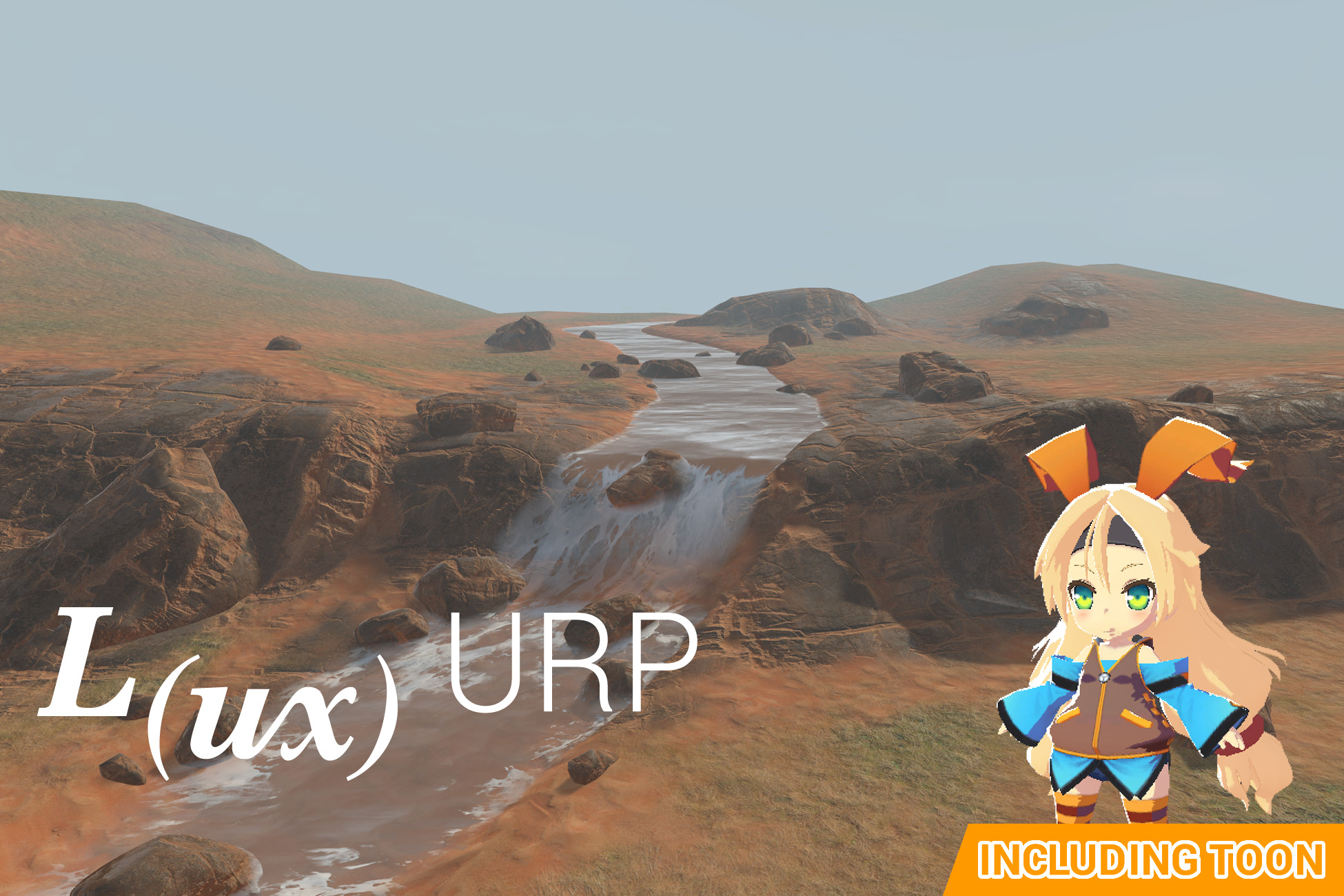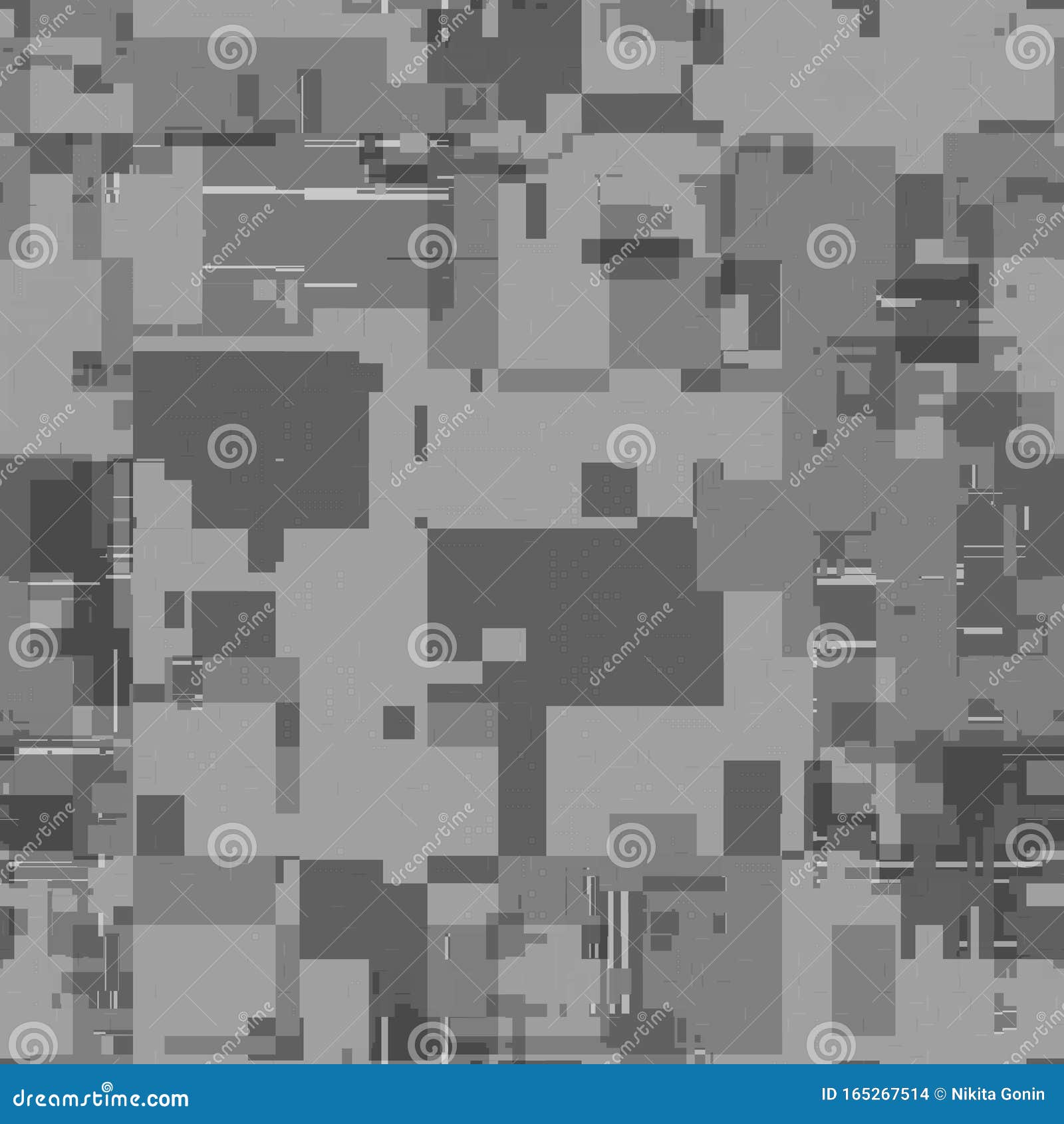

Method used for my test: You do not have to choose the same method. I also created a few more uv seam cuts and uv-islands. I rebaked so I removed some of your additional layers but I was after the displacement map. Also no PBR materials were used just a flat simple color with some ao baked in. Importing using the big mesh option doesn't actually load the high poly. Edit: Alright re-read your post a few times and I think I get it now regarding BM + MV. I just did an auto-unwrap a very much no no for a displacement map as artifacts are created which you shall see but good enough to show for what I am talking about. Textures > Export > Displacement Map Current Layer generates a blank map, whereas the texture baking tool in the paint room still worked perfectly fine, creating a nice displacement map.
#3d coat displacement map gray full
The normal map does not need to be at full strength as it overly effects the shading.The model not shown for quality. The normal map helps brings out the details.
#3d coat displacement map gray free
Model is a free scan which I created a lower retopo mesh for-Creative commons license. There are settings in the baking panel to get the best displacement map but is not the subject of this post.ģDC is a deep program which takes awhile to learn all its features.Īttached image shows a model with a displacement map and a normal map rendered using Blender Cycles. Or choose to Bake to the paint room using "Bake into Scene Micro-vertex" which is true polygon displacement. The displacement map that contains depth painted in the Paint Room and the displacement map that contains the differences between the models of different resolution.įor now I use Lighten or Lighter Color blending modes in Photoshop to join those two maps, but this method brings result far from being accurate.Watch this video on a special way to bake for per-pixel and get a true displacement map. We bake the PPP displacement in the Retopo Room and export the displacement map. However, when I go to export it (from the demo), it exports to a stl file that is only 1KB and wont open in anything. It looks great in 3D Coat (too good probably.likely would never achieve that detail on my printer). Now, what if we, apart from above map, want a displacement map that contains the differences between the low-poly mesh and our sculpture. I downloaded the demo and imported a STL I have and applied a wood grain displacement map. It will contain only depth information we painted in the Paint Room. We export the resulting displacement to a file. Then we bake the normal map and paint some PPP colour/specular/depth textures. We have our sculpture that we retopologise. But there's one problem with displacement maps. It really depends on what the external program does with the data in the displacement map.ĭid I summarize that correctly?Pretty much yes. So, a displacement map exportred from 3DC can be used in two ways: true geometric displacement or bump map shading.

Like greyscale bump maps, they are exported from 3D Coat by using the export displacement map option. One problem I've found with TIF maps is that the in/out you set when creating 8-bit displacement and normal maps doesn't work for 16-bit, which requires some experimenting to find.

They can represent true geometric displacement (rather than faking it with shading). For example choosing TIF will save a 16-bit greyscale displacement map and EXR will be 32-bit (unless you use the EDU version). Normal maps can be exported by exporting a Normal Map from 3D Coat.ĭisplacement maps exported from 3D Coat can also be used in a different way when exported. The greyscale bump maps can be exported by exporting a displacement map from 3D Coat. You can export RGB Normal maps or greyscale bump maps and use them to create the appearance of geometric details on a low poly model.


 0 kommentar(er)
0 kommentar(er)
